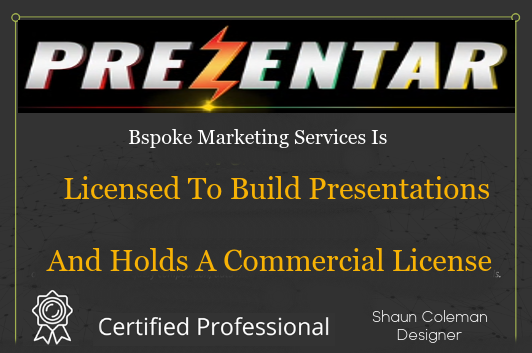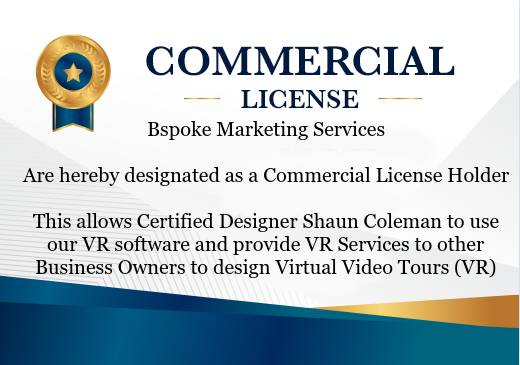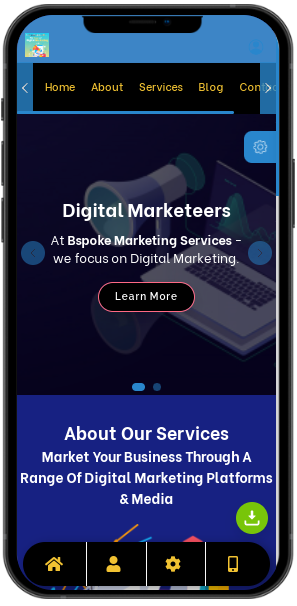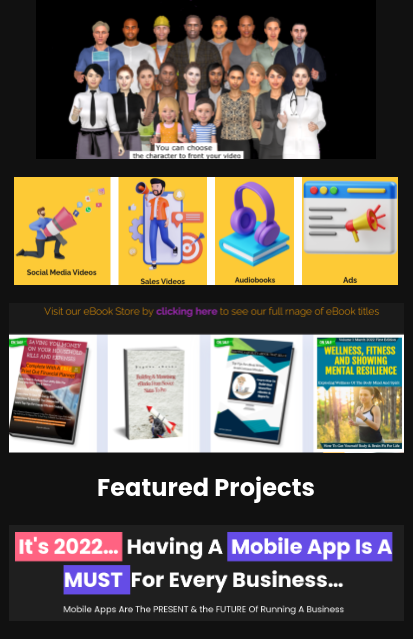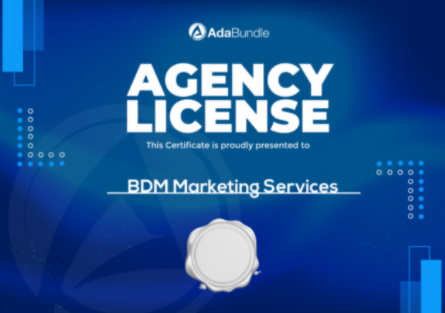Why Create a Pitch Deck?
Whether you’re creating a pitch deck for your company or just sharing a concept with your audience, here are some reasons to create a presentation:
- Helps You Remember Key Points – first and foremost, a deck can help you explain an otherwise complicated topic. By breaking your down content into digestible bits and bullet points (as slides), you can deliver your message without missing out on anything.
- Provides Visual Cues for Your Presentation – another way a deck can help is by providing you visual cues for the next slide. This can help you prepare for your presentation in advance (if you plan on presenting it, as opposed to simply sharing it).
- Helps Keep Things Concise and Saves Time – when writing articles, shooting videos, or delivering a speech, there’s always the chance of wandering off track. But with slides, the presenter can stay laser-focused and only talk about what the audience cares about.
- Delivers Necessary Information in an Engaging Format – a slide deck, when done right, can be a highly engaging content asset. You can use it to re-purpose your content and reach a larger audience.
Furthermore, a deck makes it easy to share and distribute your content.
How to Create a Slide Deck
While there are no right or wrong ways to create one, there certainly are some best practices that can make or break your pitch presentation.
Step 1: Plan Out the Actual Content of the Deck (For a Traditional Business Pitch Deck)
Before worrying about the design, layout, and themes, plan out what you’re going to actually include in your presentation.
To create a great pitch deck, do the following:
1. Start with a Core Problem You’re About to Solve (And for Who)
All great business/elevator pitches have one thing in common—they start off with clear problems they want to address.
Without convincing the audience that there’s a large enough problem or a gap in the market, your chances of achieving your goals are slim—regardless of how fancy your presentation is.
To kick things off the right way, focus on clearly explaining:
- The Exact Problem(s) You Want to Solve – the problem has to be real. If you can, support your claims with real data wherever possible.
- Why This Problem Needs to be Addressed – move on to explaining the non-personal reason to address that gap or problem. Will solving it leave a real impact on some aspect of society? Will there be ample demand for it? The people you’re pitching to deserve to know these things.
- Who You’re Solving the Problem For – finally, clearly define your target market (the demographics and psychographics). Also, include your market size.
In the end, turn it all into a story. Don’t just state the problems/gaps and provide data.
Instead, find a way to really captivate your audience right off the bat and maintain their attention throughout the presentation.
2. Follow Up with Your Proposed Solution
After discussing the problems, it’s time to show your cards and propose your solution.
This is where you get straight to the point and introduce your product/service to the audience.
In addition to the actual solution, you should also consider sharing:
- An Introduction to Your Venture – this is just a quick overview of your company, where you currently stand, and your vision. Some people like to do this right at the beginning of their slide decks.
- The Philosophy You Follow – follow up with your unique take on the business opportunity and why you want to proceed with this business (basically, explain what makes you different).
- Your Core Values and Team – finally, wrap things up by talking a bit about your team (if you have one) and the values you represent.
So far, so good.
While all of that information may seem like a lot, remember that while presenting, you won’t have all the time in the world.
Considering that, only include what’s relevant and absolutely necessary.
3. Discuss Your Business Model and Strategies
With the stage all set, it’s time to get knee-deep into the specifics of your business plan.
This would entail talking about:
- The Business Model – how exactly will you earn revenue? Will you be conducting all of your business online? Or will it be a mix between eCommerce and brick-and-mortar? Your business model will answer all of these questions.
- Your Marketing Strategy – how do you plan on reaching and engaging your target audience? What tactics will you use? Paint a complete picture of your marketing plan.
- Your Sales Strategy – talk about what tactics you’ll use to engage your prospects.
If your goal is not to pitch to potential investors, and you just want to share your story, you don’t necessarily have to provide all those strategic details.
4. Perform a Competitive Analysis
What does the competitive landscape in your industry look like?
Is it a difficult market to enter?
Are there any existing players that could hinder your entrance?
Without answering these questions, your slide deck will be incomplete.
To conduct a competitive analysis, you first need to list down all of your main competitors.
Then, run a quick SWOT analysis where you look at your strengths, weaknesses, opportunities, and threats, and compare yourself with your competitors to see where you stand.
You may also run a PESTEL analysis (which looks at Political, Economic, Social, Technological, Environmental, and Legal factors) to get a clearer picture of any competitive edge that you might have.
5. Share Financial Projections and Required Investment (Optional)
Finally, if you’re pitching to investors, you also need to include some projections of your cash flow.
This basically entails estimating how much money you could earn if you hit your marketing and sales goals—factoring in the costs and other economic variables.
In the end, disclose the investment you require and the equity the investors will get if they decide to chip in.
Step 2: Design and Create Your Presentation
In this step, you’ll sort out all of the creative and strategic aspects of your slide deck.
Here are some essential tips to help you get it right:
2. Add Visuals to Make Your Slides More Engaging
If you’re just going to add text to your presentation slides, you might as well just stick to cue cards.
Visual storytelling can be much more impactful and help you deliver your points more effectively.
Furthermore, it can captivate your audience and keep them engaged.
This could involve many elements of design, including:
- Relevant charts and graphs to represent your data
- Tables
- Custom illustrations
- Videos
However, don’t include visuals just for the sake of having them.
3. Remember – Less is More
While slide decks can make it easy to convey your message and keep your audience hooked, you shouldn’t drag them unnecessarily.
In the case of presentations, less is more (this also includes how much content you place on an individual slide).
This raises a question: What should be the ideal length of a slide deck?
The fewer slides you have, the better. Some people believe that anywhere between 10 to 20 is ideal.
However, there’s no need to compromise the quality of your presentation for the sake of having a certain number of slides.
If it takes fewer than 10 slides, awesome.
If it takes more than 20, don’t sweat it (as long as the content is necessary to deliver the message).
4. Keep Your Slides Consistent
This is the most obvious rule of creating slide decks.
When using a template or a theme, you won’t have any problem sticking to a single design and typography.
However, if you’re designing your deck from scratch on Photoshop or any other program, make sure that you stick to your overall theme and branding.
Notice how all the slides look similar? Yeah, that’s exactly what you should aim for.
Your next slide should have the same colour scheme, font, and style of illustration as the last one.
You can, however, play around with the placement of the elements.
5. Maintain the Intrigue of Your Audience
Last but not least, it’s important that you maintain the interest of your audience.
Of course, that will mostly depend on the way you present and the actual content of your presentation.
One way to make your presentation more interesting is to use fade-in transitions to make the elements appear one by one on your slides (but don’t overdo them).
It may seem like an insignificant thing, but it certainly adds up.
Conclusion
Great presentations take a lot of hard work and planning.
If you follow all of the best practices, i.e., stick to the essential points, keep it consistent and engaging, use visuals, etc., you’ll be good.





